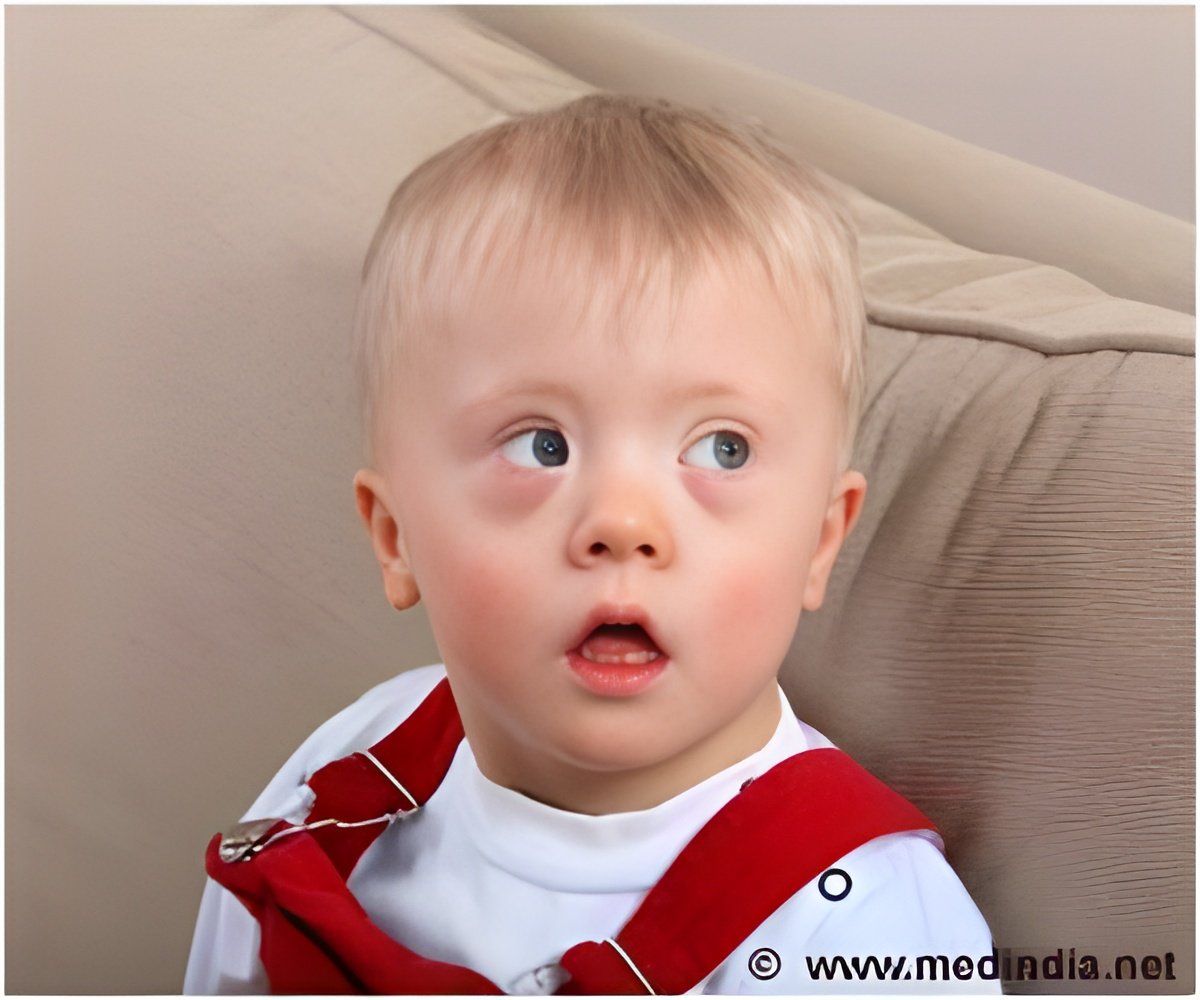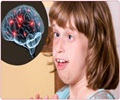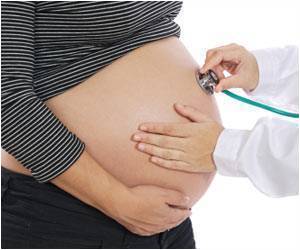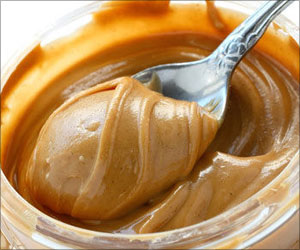A new saliva-based biomarker panel which consists of 32 small RNAs that can differentiate children with autism spectrum disorder(ASD) from children with non-ASD. This diagnosis helps in early identification and treatment.

‘‘Since the efficient biomarker helps in early identification of autism in children, it permits earlier treatment of the disorder’.’





Following a pilot study demonstrating that many of these RNA elements could be detected in the saliva of children with ASD, the researchers determined that saliva-based testing could provide the means to broadly interrogate genomic, physiologic, microbiome, and environmental factors implicated in ASD in a single, non-invasive, high-throughput analysis. "Growing evidence suggests that autism arises from interactions between a child's genes and the environment. This study measured factors that may control interactions between genes and the environment, especially the microbiome," said Dr. Hicks. "Though children with autism have diverse genetic backgrounds, we found that a set of 32 RNA factors in their saliva could accurately distinguish them from peers without autism. Given this array of ASD risk factors, we believe a 'poly-omics' RNA-based approach that integrates genetic, epigenetic, and metagenomics methods would be well suited to the development of an objective biomarker-based test."
The Study
The multi-center study included 456 children recruited during the past three years. The authors compared saliva samples from 238 children with ASD to 218 children without ASD (including 84 children with developmental delay and 134 with typical development). Levels of human and bacterial RNAs were measured in the saliva samples using comprehensive next-generation sequencing. The top RNAs were identified using robust machine-learning algorithms from the first 372 children and then validated in the remaining 84 samples that were not used in the machine learning. Notably, this validation set also included samples collected from children at the University of California, Irvine, to verify that the RNA algorithm performed accurately in samples from different geographic regions.
Need for Earlier Autism Diagnosis
Advertisement
Daniel Coury, M.D., Professor of Clinical Pediatrics and Psychiatry at The Ohio State University College of Medicine and a member of the Section of Developmental & Behavioral Pediatrics at Nationwide Children's Hospital, sees the benefit of this RNA biomarker-based test in a clinical setting. "Often autism-specific interventions are delayed while awaiting a diagnosis. It frequently takes months to obtain an autism evaluation due to the large number of referrals, many of whom will not receive a diagnosis of autism," he explained. "A test which can separate children who have screened M-CHAT-positive into high likelihood of autism or low likelihood of autism could help streamline waitlists and permit earlier diagnosis and enrollment in autism treatment."
Advertisement
Source-Eurekalert









